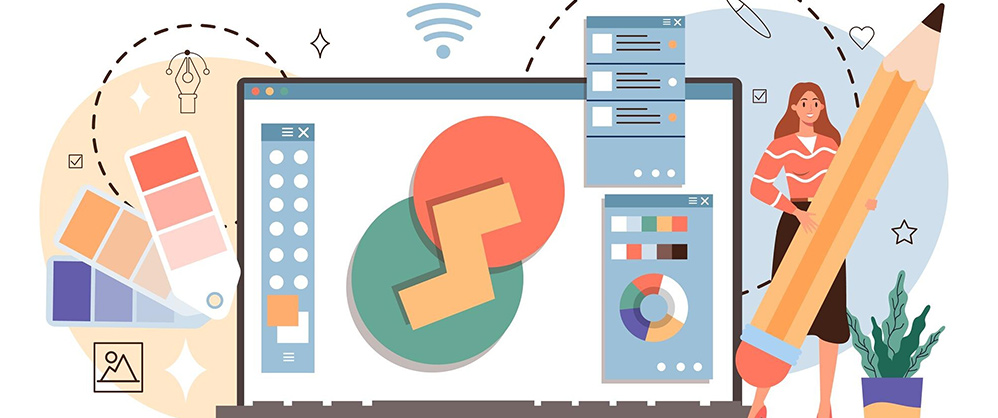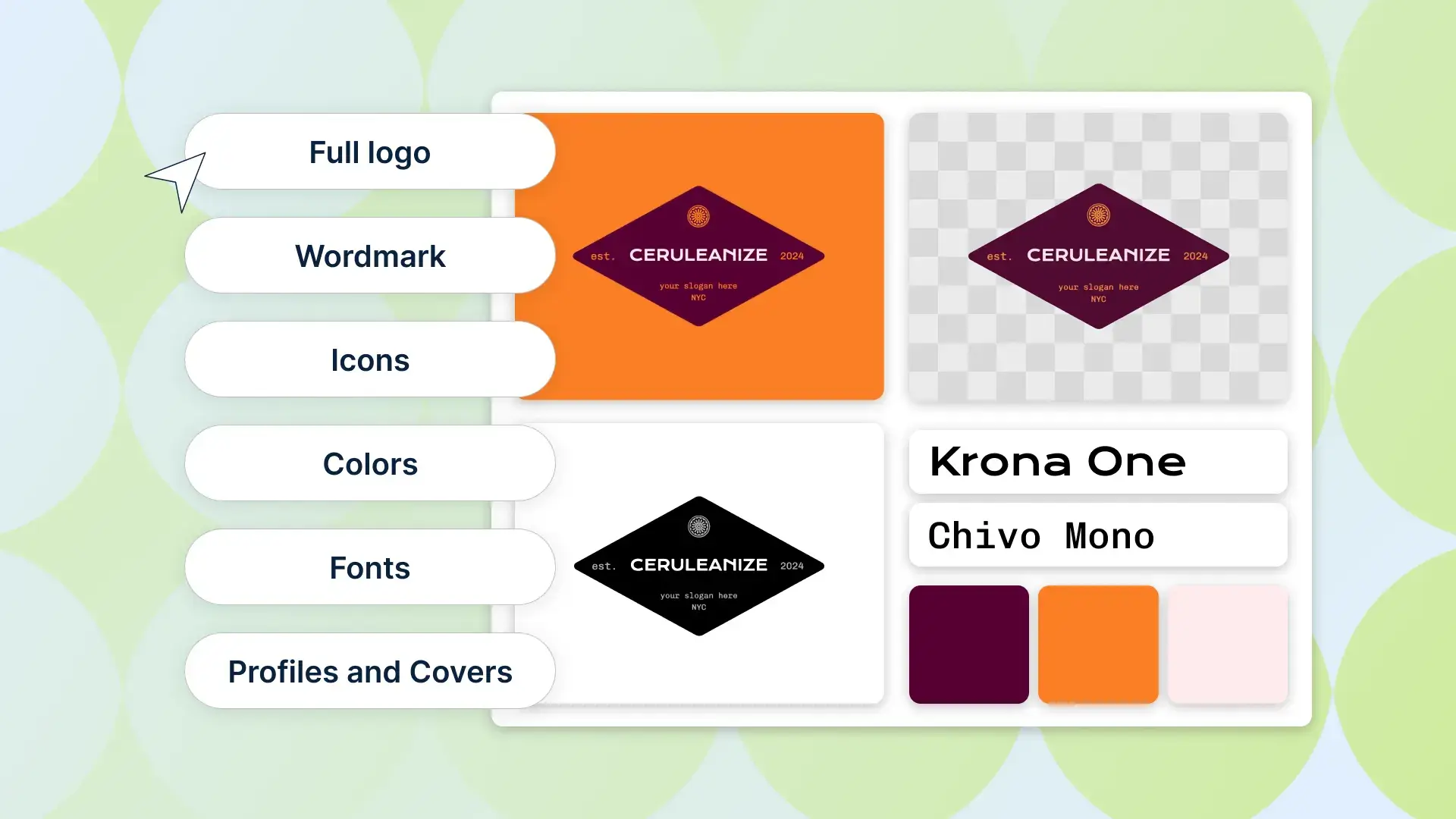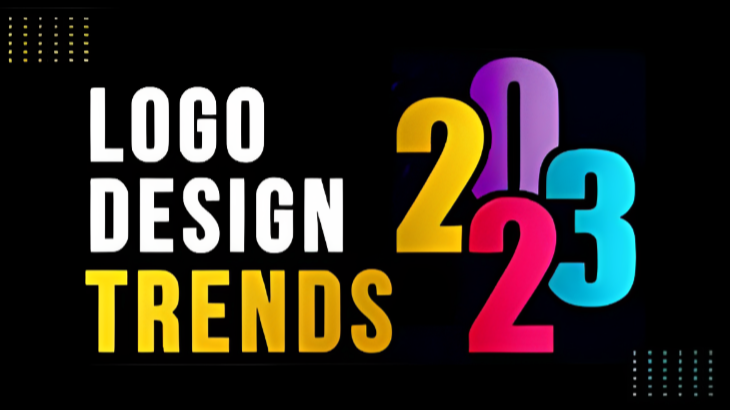The Future of AI in Logo and Branding Design

Artificial Intelligence (AI) is revolutionizing many creative industries, and logo and branding design is no exception. As businesses increasingly seek unique and impactful brand identities, AI-powered tools are becoming essential in streamlining the design process, enhancing creativity, and personalizing branding strategies. This article explores the future of AI in logo and branding design, highlighting key trends, benefits, challenges, and practical applications.
Introduction to AI in Logo and Branding Design

AI technologies, including machine learning, neural networks, and natural language processing, are being integrated into design software to automate and augment the creative process. These tools analyze vast datasets of design elements, color schemes, typography, and market trends to generate innovative logo concepts and branding materials tailored to specific business needs.
Key Trends Shaping the Future
| Trend | Description |
|---|---|
| Automated Design Generation | AI algorithms create multiple logo variations quickly, allowing designers to explore options |
| Personalization | AI customizes branding elements based on target audience data and brand personality |
| Real-time Collaboration | Cloud-based AI tools enable teams to co-create and iterate designs instantly |
| Predictive Analytics | AI predicts design effectiveness by analyzing consumer responses and market trends |
Benefits of AI in Branding
- Efficiency: Speeds up the design process by automating repetitive tasks.
- Creativity Boost: Provides designers with fresh ideas and inspiration through AI-generated suggestions.
- Cost-Effectiveness: Reduces the need for extensive manual labor, lowering design costs.
- Consistency: Ensures brand elements remain uniform across various platforms and media.
Challenges and Considerations
While AI offers many advantages, there are challenges to consider:
- Loss of Human Touch: Over-reliance on AI may lead to generic designs lacking emotional depth.
- Data Privacy: Using consumer data for personalization must comply with privacy regulations.
- Ethical Concerns: AI-generated designs may unintentionally replicate existing trademarks or cultural symbols.
Practical Applications
- Logo Creation Platforms: Tools like Looka and Tailor Brands use AI to generate logos based on user inputs.
- Brand Strategy Development: AI analyzes market data to suggest branding directions and messaging.
- Visual Identity Management: AI helps maintain brand consistency by monitoring and adjusting design elements across channels.
FAQ
Q1: Can AI replace human designers in branding?
A1: AI is a powerful tool that enhances designers’ capabilities but does not replace the creativity and intuition of human professionals.
Q2: How does AI personalize branding?
A2: AI uses data about target audiences, such as demographics and preferences, to tailor design elements that resonate more effectively.
Q3: Is AI-generated branding cost-effective?
A3: Yes, AI reduces time and labor costs, making branding more accessible for startups and small businesses.
Q4: What are the risks of using AI in design?
A4: Risks include potential loss of originality, data privacy issues, and ethical concerns regarding design ownership.
Conclusion
The future of AI in logo and branding design is promising, offering tools that enhance creativity, efficiency, and personalization. However, balancing AI capabilities with human insight is crucial to creating authentic and impactful brand identities. As technology evolves, designers and businesses must navigate these changes thoughtfully to harness AI’s full potential.
This comprehensive overview provides a solid foundation for a detailed, SEO-friendly blog article that engages readers and covers the topic thoroughly.
